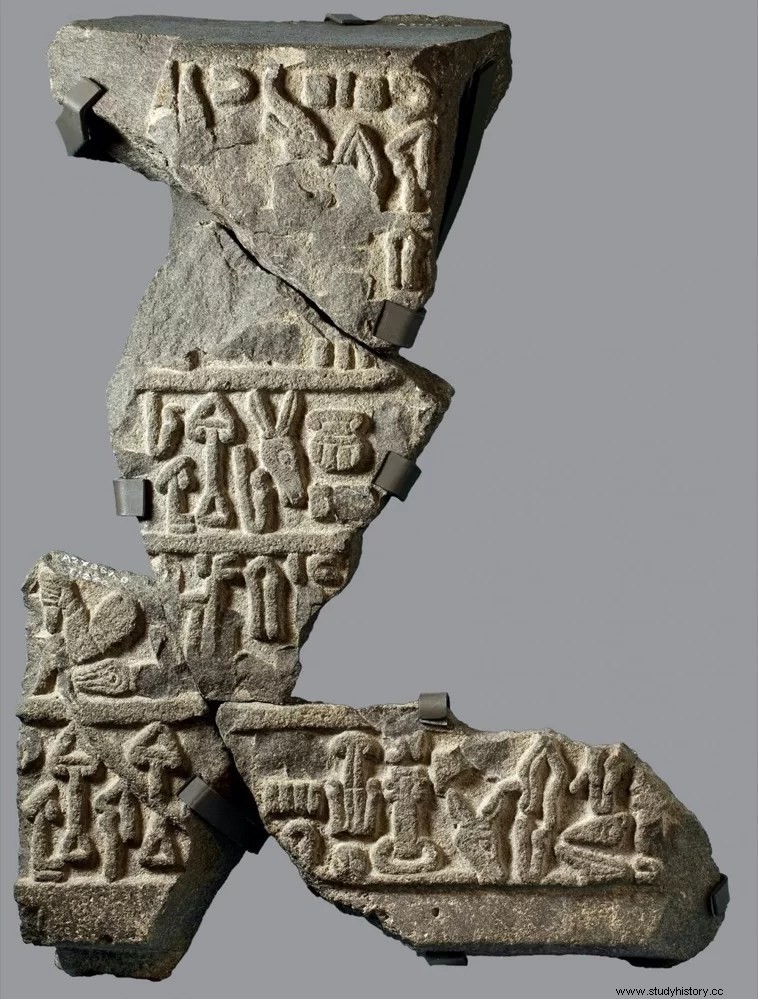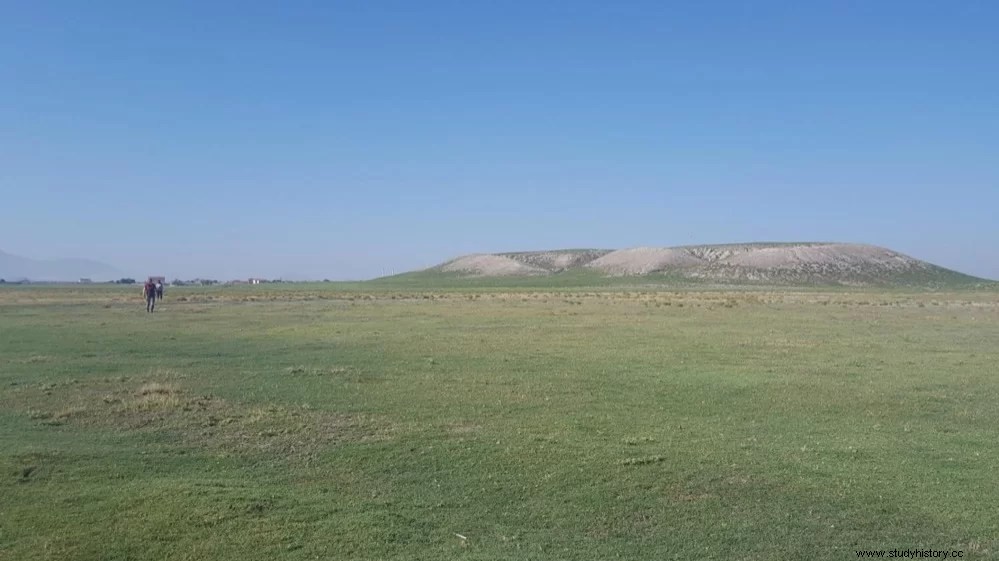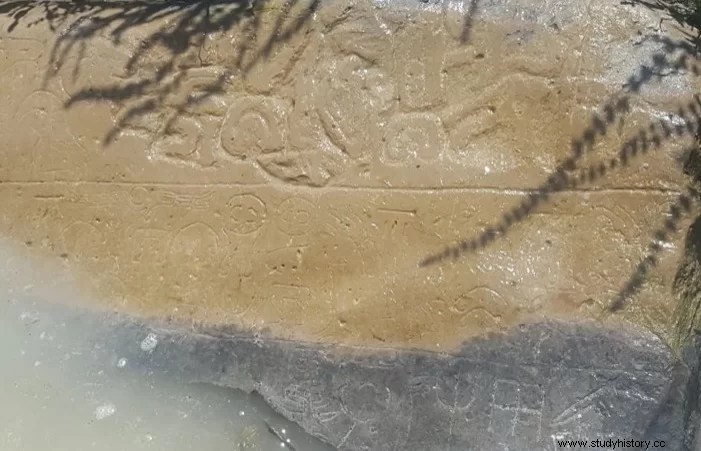Archaeologists at the Oriental Institute have discovered an ancient lost kingdom dating from 1400 to 600 BC, which may have battled and defeated Phrygia, the kingdom ruled by the famous King Midas.
Researchers from the University of Chicago were studying a site with Turkish and British colleagues last summer in southern Turkey, in Türkmen-Karahöyük, when a local farmer told them he had seen a large stone with strange inscriptions while dredging a canal. close irrigation the previous winter.
We hurried to get there, and we could see that it was still sticking out of the water, so we jumped into the canal said Professor James Osborne of the Oriental Institute, one of the leading research centers of the ancient world. It was immediately clear that it was ancient, and we recognized the language in which it was written:Luwian, the language used in the Bronze and Iron Ages in the area .

Translated by scholars of the Institute, the inscription boasted of defeating Phrygia, the kingdom ruled by King Midas, a legendary ancient ruler who was said to turn everything he touched into gold.
According to Osborne the city in its heyday would cover about 120 hectares, which would make it one of the largest ancient cities in Turkey in the Bronze and Iron Ages. His name is still unknown.
Working under the Konya Regional Archaeological Survey Project, the researchers were mapping the site as part of the Türkmen-Karahöyük Intensive Survey Project, located in an area littered with other famous ancient cities.

On the stela Osborne immediately identified a special hieroglyphic mark symbolizing that the message came from a king. The farmer helped remove the heavy stone stele from the irrigation canal with a tractor. From there it went to the local Turkish museum, where it was cleaned, photographed and prepared for translation.
The hieroglyphs were written in Luwian, one of the oldest branches of the Indo-European languages. A unique language written in hieroglyphic signs native to the Turkish area, Luwian is read alternating from right to left and left to right.
The translation of the stele by specialists Petra Goedegebuure and Theo P.J. van den Hout revealed that the king's name was Hartapu, and that Türkmen-Karahöyük was probably his capital. The stone tells the story of the conquest of the nearby kingdom of Muska (Phrygia) by King Hartapu. The storm gods delivered the [opposing] kings to his majesty , can be read in the wake.

Linguistic analysis suggests that the stele was composed in the late 8th century BC, which coincides with the time Midas ruled.
Interestingly, about 15 kilometers to the south there is a well-known hieroglyphic inscription mentioning King Hartapu, but until now no one knew who he was or what kingdom he ruled.
Fonts
University of Chicago.
